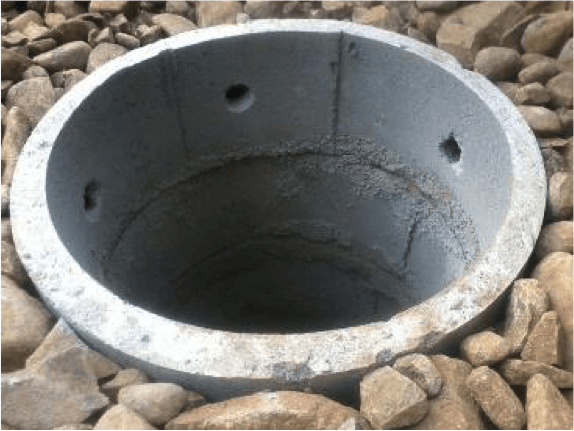The Crucial Shift: From Dug Open Offal Pits to Drilled Lidded Offal Pits
Jesse Ferry • Mar 07, 2024

In the realm of waste management, particularly in agricultural and food processing industries, the disposal of offal—a term encompassing internal organs and entrails of butchered animals—poses significant environmental and health challenges. For decades, the conventional approach involved the excavation of open offal pits, a method laden with drawbacks. However, a paradigm shift towards drilled lidded offal pits has emerged, highlighting a transformative leap in both efficacy and sustainability.
The Traditional Woes of Open Offal Pits
Historically, open offal pits were the default solution for disposing of animal waste. Excavated in the earth, these pits were prone to a myriad of issues:
- Odor and Pollution: Open pits release foul odors and emit harmful gases like methane and hydrogen sulfide, contributing to air pollution and creating discomfort for nearby communities.
- Contamination Risk: Surface runoff from open pits can contaminate groundwater, posing serious health risks for both humans and wildlife.
- Aesthetic Concerns: The unsightly appearance of open pits detracts from the landscape and can hinder tourism and property values in surrounding areas.
- Vector Attraction: Open pits serve as breeding grounds for disease-carrying vectors such as flies and rodents, escalating public health concerns.
The Dawn of Drilled Lidded Offal Pits
In response to the shortcomings of open offal pits, the innovation of drilled lidded offal pits has revolutionized waste disposal practices. This modern solution offers a multitude of advantages:
- Odor Control: The sealed lid of drilled offal pits contains odors, preventing their release into the atmosphere and mitigating unpleasant smells for nearby communities.
- Environmental Protection: By minimizing surface exposure, drilled lidded pits significantly reduce the risk of groundwater contamination and mitigate the potential for soil degradation.
- Aesthetic Improvement: Concealed beneath the surface and adorned with sturdy lids, drilled offal pits are far less visually intrusive, preserving the natural beauty of the surroundings.
- Biosecurity Enhancement: The sealed design of drilled pits minimizes the risk of disease transmission by preventing access to waste by scavengers and reducing the spread of pathogens.
- Efficiency and Versatility: Drilled lidded offal pits can be tailored to various scales of operation and are adaptable to diverse environmental conditions, offering a flexible and efficient waste management solution.
The Imperative of Transition
As we confront the pressing challenges of environmental sustainability and public health, the transition from open offal pits to drilled lidded offal pits is no longer a matter of choice but a necessity. Embracing this shift signifies a commitment to responsible stewardship of our resources and a dedication to safeguarding the well-being of present and future generations.
The evolution from open offal pits to drilled lidded offal pits epitomizes progress in waste management practices, reflecting a conscious effort to harmonize industrial activities with ecological integrity. By embracing innovative solutions that prioritize efficiency, sustainability, and biosecurity, we pave the way for a brighter, cleaner, and healthier future. Let us forge ahead with determination, guided by the imperative to leave a legacy of stewardship and respect for our planet.
